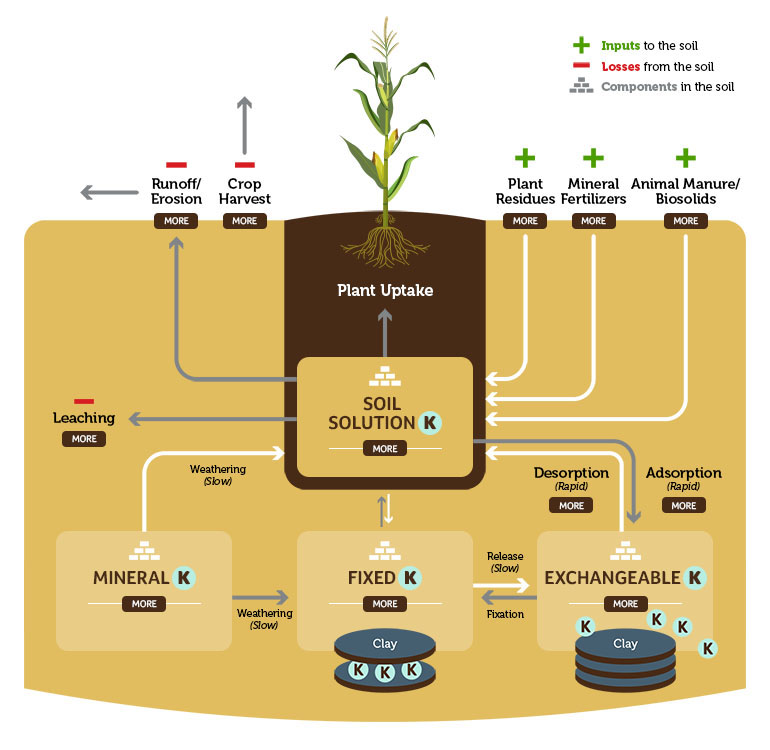Rubisco456
Member
Alright, so what is the consensus on potassium in the flowering stage?
I've been “doing my own research” on nutrient compositions of various solutions used on cannabis plants in industry and in scientific papers. After all my reading I’m starting to wonder if the hype with high potassium concentrations at the flowering stage is bullshit. Let me be clear - when I say HIGH potassium concentrations I've seen people say to just drop nitrogen and phosphorus out of the equation and hit it with a high potassium dose - Not sure what ppm people are talking about.
Anyways I can’t really figure out if there really is any real merit to changing the nutrient solution. Here’s the paper that sent filled me with doubt: https://www.mdpi.com/2073-4395/12/5/1242
I've been “doing my own research” on nutrient compositions of various solutions used on cannabis plants in industry and in scientific papers. After all my reading I’m starting to wonder if the hype with high potassium concentrations at the flowering stage is bullshit. Let me be clear - when I say HIGH potassium concentrations I've seen people say to just drop nitrogen and phosphorus out of the equation and hit it with a high potassium dose - Not sure what ppm people are talking about.
Anyways I can’t really figure out if there really is any real merit to changing the nutrient solution. Here’s the paper that sent filled me with doubt: https://www.mdpi.com/2073-4395/12/5/1242




